Custom light box: glow-up for your brand
Branding
Starting out, most influencers and companies rely on their previous experience and gut feeling when making decisions. While an intuitive approach is great, organizing key branding elements helps to better control your image. We’ve put together some notes that brush upon branding fundamentals and ways you can use our custom light box to apply those to your business!
Branding types
Companies, products within the companies and people can all have their own brands. They make up 3 main types of branding – company, product and personal.

Personal branding has been gaining popularity in the last decade. Nowadays, even your Facebook page is a branding tool, but it’s not only for influencers! In fact, most employers will check candidates’ socials before deciding whether to interview them.
Product branding’s focus is on your product or service, but it often coexists with other 2 types! For example, McDonalds created a “BTS meal” which included a new sauce. It promoted both a boy band called BTS (personal), and the food (product).
Company branding creates an overall image and associations. Defining company values and philosophy is essential, but you have to act upon those. If a company website says you care about nature, not only should your packaging be eco-friendly! Small details like using paper cups instead of the plastic ones during your events will build the trust between your brand and customers.
4 pillars of brand equity
Brand equity is intangible value and it relies on consumer perception and beliefs that form while interacting with the brand. It makes people come back to you and feel happier by purchasing products or services made by you specifically. Here are 4 pillars that it’s built upon!

Differentiation shows how original and authentic your brand is. This pillar is most important for niche companies. For personal brands, this means letting your personality show, joking around, highlighting your passions, and defining your vibe. Remember that no matter who you are or what you sell, it is authentic simply because you and your team have made it. You’re a group of people with a unique set of skills and experiences!
Relevance represents how your brand fits with the needs of consumers and current trends. Recent example is restaurants and cafes offering takeaway options because of the pandemic. Relevance may influence what social platforms you choose for marketing (brands signing up for TikTok in the last couple of years) and what products or services you offer (back to school apparel collections at the start of academic year). Relevance is mostly about timing, and it can vary from weeks to decades.
Esteem is respect and likeability of your brand. It relies mostly on communication and requires lots of research. Trust built over the years can be broken by one insensitive joke. Esteem will also form depending on the quality of your product, your engagement with customers and other brands.
Knowledge is what makes us laugh at Nike “just do it!” memes or join iPhone vs Samsung debates online. It’s recognition beyond the product or service, it’s influence brands have on society and popular culture. It’s crucial to know your brand to optimize the knowledge factor. You must know what you stand for, who your target audiences are and what is the most effective way to communicate with them.
Marketing mix
Introduced by Edmund Jerome McCarthy, marketing mix includes 7 factors that help you overview all elements of your marketing strategy.

Product is what you sell and it touches on things like assortment, design, warranties and returns. For services these transfer to the quality of service, complimentary services and a number of different services you offer.
Price determines, you guessed it, the price of your product or service. It includes things like sales for customers, distributor rebates and payment methods. For example, some digital artists will only accept 100% upfront payments while others will first let you pay the deposit.
Place talks about access to your product for customers. It considers market coverage, locations, logistics and distribution strategies (do you sell custom light cubes to everybody who wants them or is it an exclusive product available in limited quantities?). The goal of this factor is to make purchasing and experiencing a product or service convenient for customers.
The main point of promotion is to reach your target audience and advertise the product to them. It focuses on what kind of message, where, how and how often is communicated. Market research and surveys are great tools to gain more insight into customer behavior and make your brand communication effective.
People factor is all about customer service and communication. Who meets your clients, what do the employees look like, how you organize the queues and handle complaints. I encountered a great example of people factor at LUSH store, where I was addressed exclusively as “love”. They never rushed me, even though I came there 2 days in a row and smelled every perfume they had! Tech or business companies might treat their customers a bit more formally, and overall, there’s no universal guidelines. Everything depends on the image you want to project!
Process is how the product is made or service is delivered. For example, optimizing manufacturing to reduce CO2 emissions or organizing the procedure the way that reduces time needed to serve one client. Process requires balance between cost-effectiveness and ethics, you wouldn’t want to speed through your customers and do a half-decent job.
Finally, physical evidence describes all the tangible things that customers encounter. This includes space and its interior design, packaging design and materials. Depending on your brand you may customize it to suit your values. For example, using biodegradable materials for an eco-friendly product packaging.
7 advantages of fascination
Invented by Sally Hogshead, 7 fascination types help to define what your brand is all about and how to link it to your personality.

These types can be especially helpful to those with a personal brand in mind, as they help to play on your strengths and predict the reaction and emotional response it will cause in people. It also offers best strategies for each type. While you have to pay to take the test, many free resources are available, so you can type your brand yourself! There’s even a page on combining the main types for more in-depth analysis.
Your fascination type is a great resource for choosing colours for your logo, your slogan and overall attitude you portray, as well as getting to know yourself better. It offers a solid foundation to base your creative decisions on.
Custom light box
Now, let’s put all the theory above into practice with our custom light box!

Choose what to put on the sides of the lamp, depending on the type of branding you plan to implement. For product branding, think of main facts that you want your customers to know. Is your product waterproof? Does it feature any patented technologies? Is it suitable for vegans? Showcase all these facts on the sides of the custom light box!
For companies, include information like your logo, slogan, or brand values. Putting QR code leading to your website is also a great way to facilitate customer experience. Make some funny memes featuring your company logo, use the photos of your happy customers or screenshots of the reviews.
Personal brands will benefit by placing their social media handles or catchphrases on the custom light box. Use different funny photos of yourself on the sides of the lamp to communicate your mood or reaction in videos and livestreams. Make one of the sides your bio, highlighting unique facts about yourself. A shark bit you when you were 5? Your cousin’s dog starred in a Marvel movie? Let people know!
Custom light box is a great tool to catch the attention of potential customers or partners and it guarantees you differentiation and relevance, 2 brand equity pillars out of 4. It is helpful for both presenting your products and overall aesthetic. It works perfectly in an online environment, especially during livestreams/online events, as well as Instagram pictures.
Out of the marketing mix, custom light boxes can be used as a product itself, especially for musicians and artists looking to add some creative merchandise to their assortment. Soft and cozy lighting benefits employees and customers alike! It provides a relaxing atmosphere and transforms your space, and influences both people and physical evidence factors.
Thinking of fascination types, use a colour-changing light bulb with a custom light box to create the ambiance and establish associations, gaining more control over your brand’s image and aesthetics.
Conclusion
Branding is a complex process, so it’s only natural to make mistakes, but doing basic research helps prevent the unnecessary ones. Remember, theory is nothing without practice, but practice is chaos without theory. Did you find this article helpful? Let us know in the comments!








Your thoughts